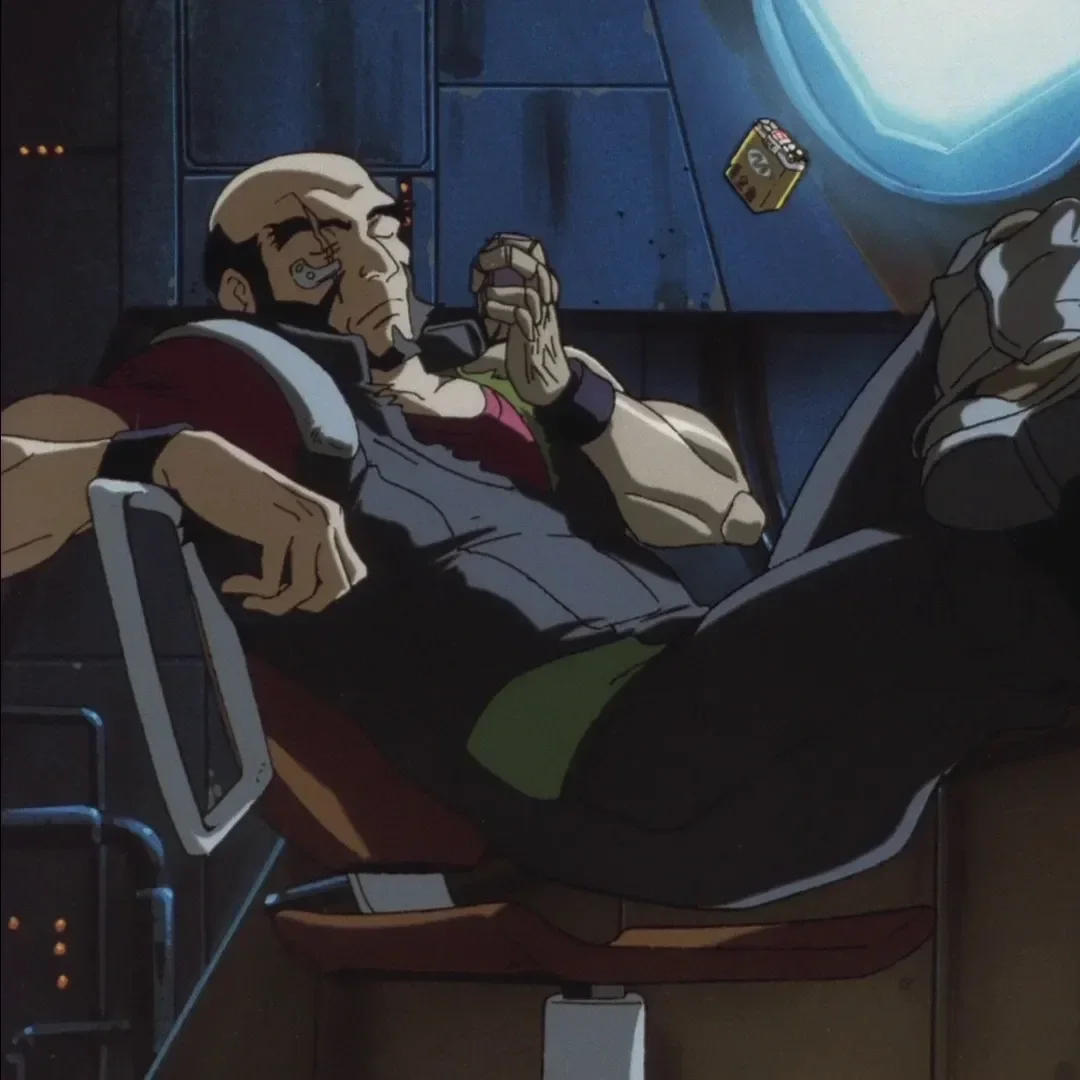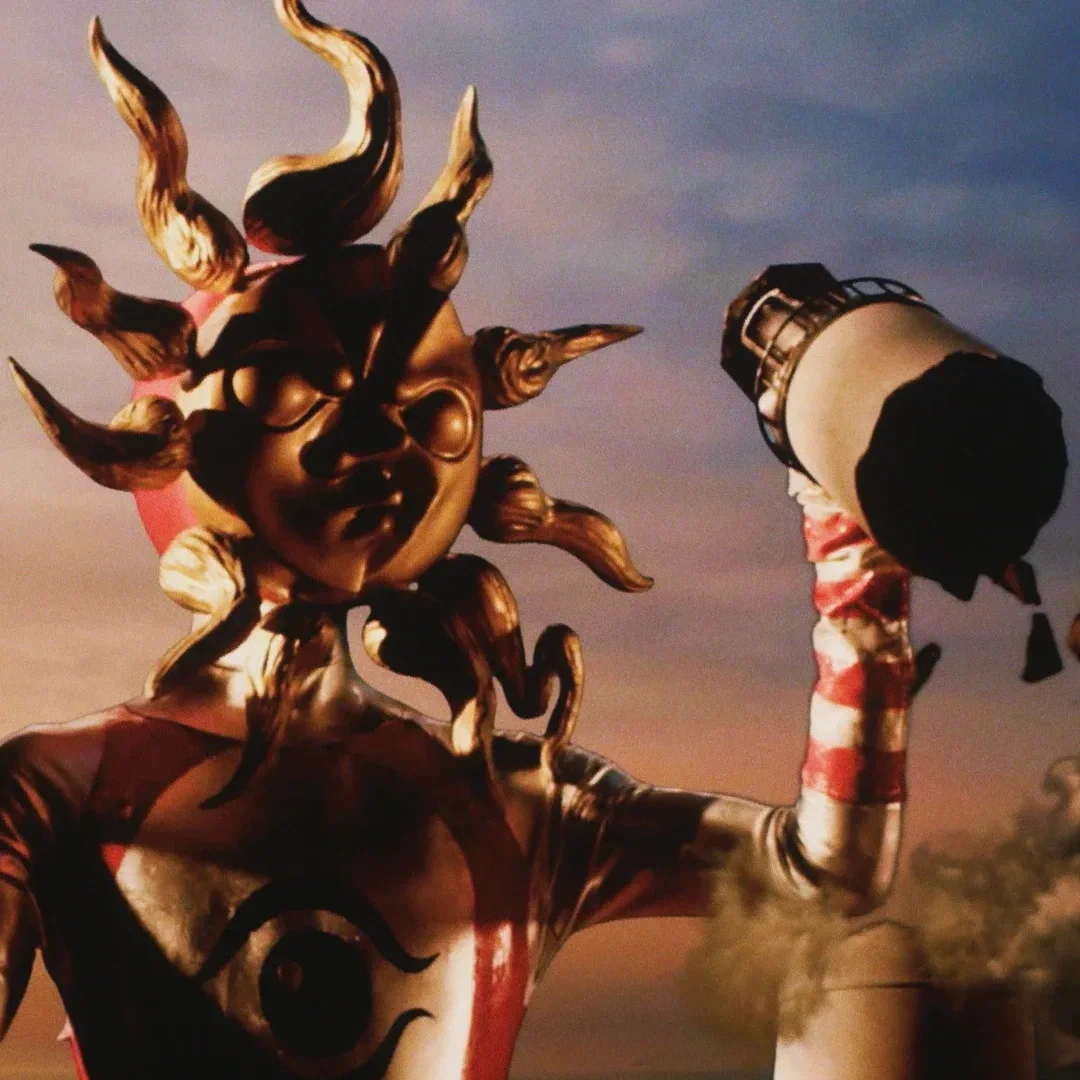NOWHERE - The Tiny Tokyo Shop That Revolutionized Streetwear
The NOWHERE store
In 1993, the streets of Ura-harajuku were alive with possibility. Amid the district’s maze of alleyways, two young dreamers, Jun Takahashi and NIGO, pooled their modest savings to open a store that would change the world of fashion. Being mentored by the godfather of streetwear Hiroshi Fujiwara himself, the two young prodigies were ready to take the next step. They called it NOWHERE, an idea, a statement, and a rebellion all wrapped into Harajuku’s tiny streetwear bastion. With a name inspired by the Beatles’ Nowhere Man and the anarchic spirit of the Sex Pistols, NOWHERE represented everything its founders loved: music, counterculture, and the thrill of creating something out of nothing.
A wire netting sliced through the cramped space, symbolizing the contrasting worlds of its creators. Takahashi, who had just launched his dark, punk-inspired label UNDERCOVER, brought an edge that blended high fashion with raw rebellion. On the other side was NIGO, whose soon-to-be-iconic A Bathing Ape (BAPE) injected playful, graphic-driven streetwear into the mix.
NIGO & Takahshi in front of NOWHERE
The store was a magnet for Tokyo’s creative underground, stocking everything from vintage American clothing and deadstock sneakers to the earliest collections of UNDERCOVER and BAPE. This mix wasn’t just a product offering, it became an attitude. NOWHERE felt alive, buzzing with the energy of a new generation that refused to play by the old rules. Collaborations flourished, too. Takahashi and Hiroshi Fujiwara debuted AFFA (Anarchy Forever Forever Anarchy), a line that reimagined punk aesthetics for the 1990s, while Sk8thing and Tet Nishiyama’s 40% Against Rights brought graphic subversion to the racks.
But the magic of NOWHERE wasn’t confined to its four walls. The shop became a cultural catalyst, bridging Tokyo’s underground scene with the wider world. Visitors from overseas began to take note, drawn to its fusion of Japanese craftsmanship and global street culture. By the late 1990s, BAPE had become a staple in hip-hop circles, while UNDERCOVER earned a reputation as one of the most forward-thinking brands in high fashion. The once-hidden corners of Urahara were now at the center of a global movement.
Though NOWHERE closed its doors in 2000, its legacy endures. This gem was the birthplace of ideas that reshaped streetwear as we know it. For NIGO and Takahashi, it was also a foundation for their lifelong friendship. Reflecting on the 30th anniversary of NOWHERE’s opening, Takahashi wrote, “30 years later, nothing has changed between me and NIGO. We’re still great friends. I believe this is the true meaning of soulmates.”


The story of NOWHERE is a reminder that from the most humble beginnings—a tiny shop, a modest budget, and two passionate minds—revolutionary ideas can emerge. It’s a piece of Tokyo’s history that resonates far beyond its borders, reminding us of a time when creativity, a dedicated community, and a little bit of chaos were all it took to spark a global movement. For anyone tracing the roots of modern streetwear, NOWHERE is the blueprint for everything that followed.









How Ura-Harajuku planted the seeds for global streetwear culture.